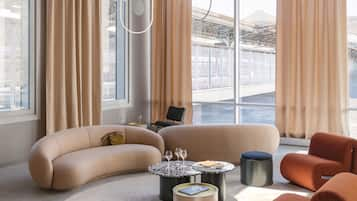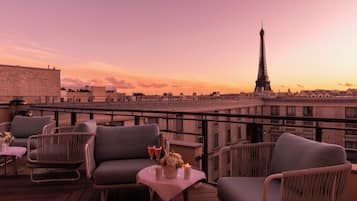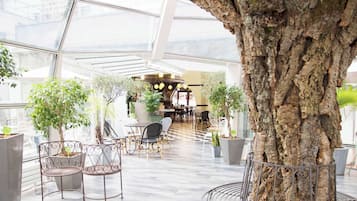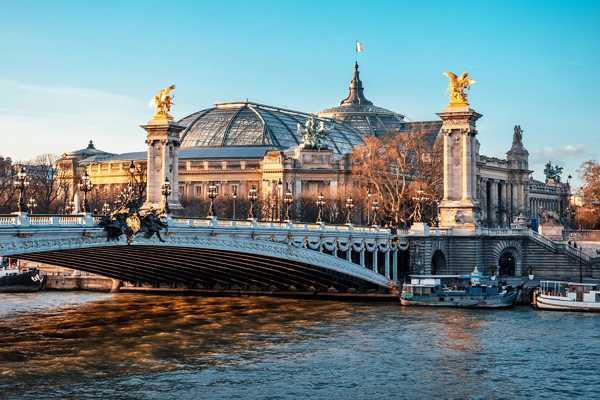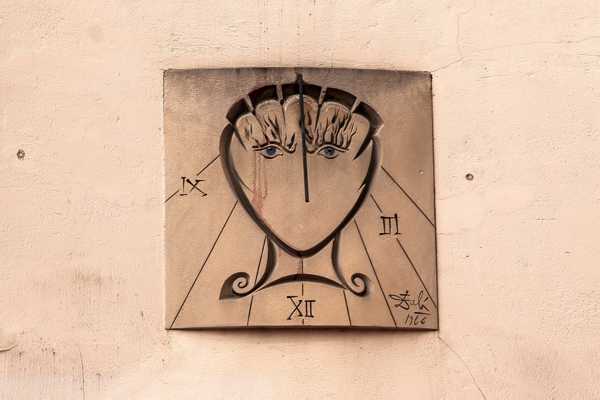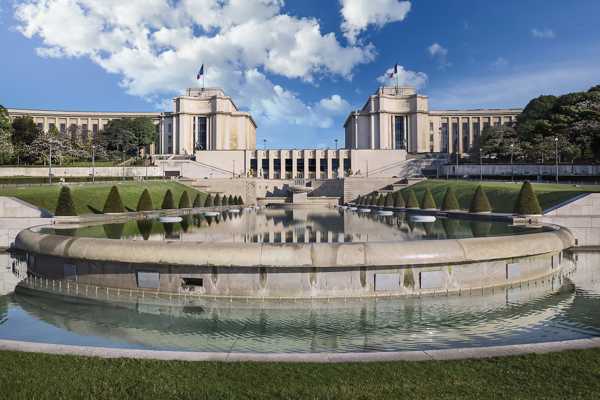The Jardin du Luxembourg, or Luxembourg Garden, is one of Paris’ most cherished parks. Occupying over 22 acres of greenery, this is a central Paris haven that has a museum, tree-lined lanes, cool water basins, and several iconic children’s activities available.
The Luxembourg Garden was built in the 17th century as part of Marie de Medici’s royal residence. Her Florentine-inspired palace overlooks the lush expanse. Read on to learn more about this Parisian gem in the 6th arrondissement of the city.
Jardin du Luxembourg in Paris - one of the highlights of 14 Most Instagrammable Places in Paris and 6 Best Things to Do in Spring in Paris (Read all about Paris here)
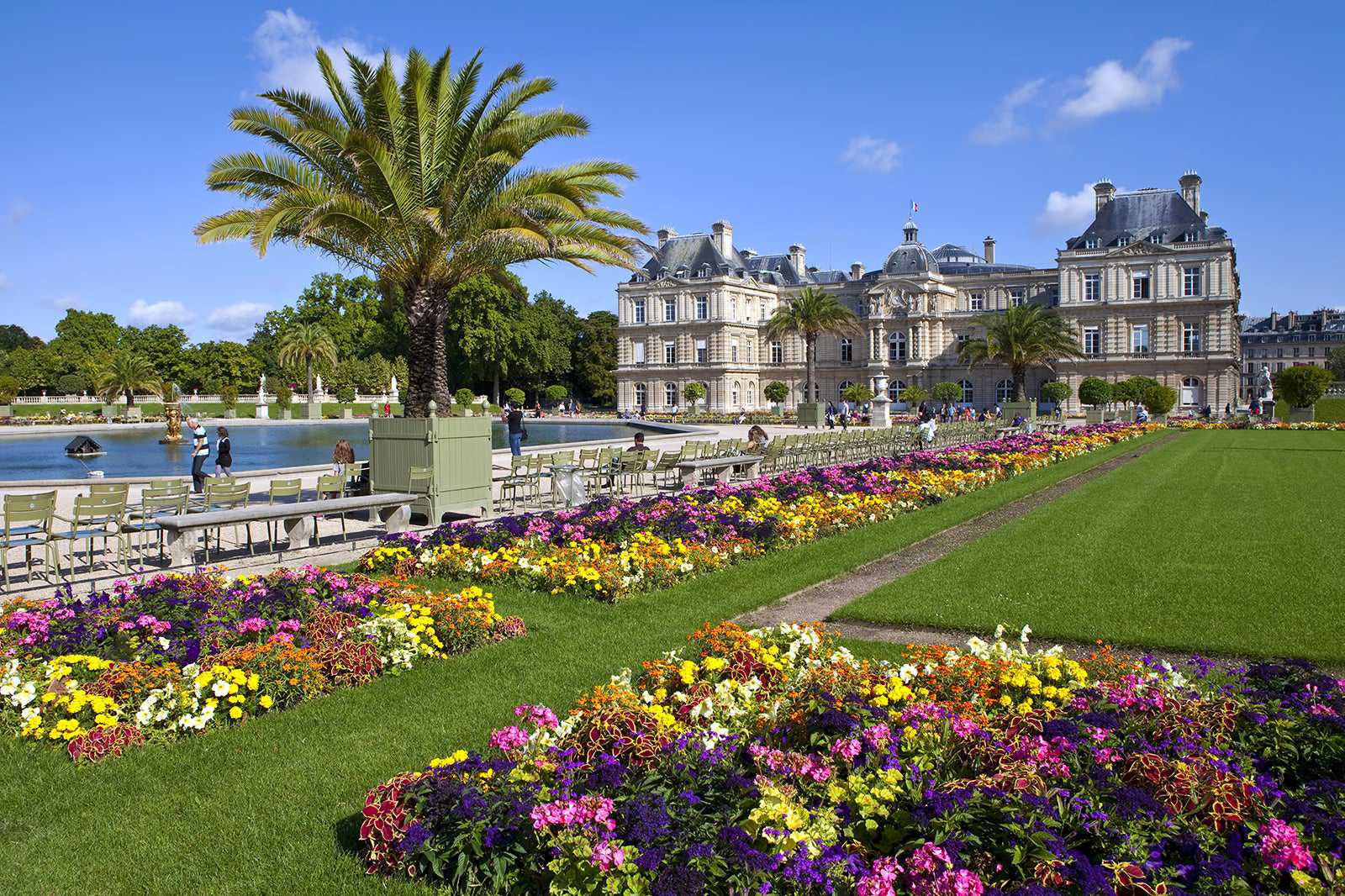
A brief history of the Jardin du Luxembourg
Since its construction in the early 1600s, the park has undergone a number of events and transformations: from royal residence to the seat of French political power, then to popular landmark. Queen Marie de Medici, King Henri IV’s widow had the site – both palace and gardens – built to her specifications. The park was based on Florence’s Boboli Gardens, where she spent much of her childhood.
The garden was redesigned and renovated under the rule of Napoleon III in the 19th century before being gifted to the city’s children. The park occupies just slightly over 22 hectares of Left Bank land, making it the largest garden space in Paris. It's known as being one of the calmest spots in the city, drawing families, students and visitors seeking a respite from the hustle and bustle of the City of Light.
After the French Revolution, the gardens were seized by the new French Directorate and enlarged by absorbing neighbouring lands and streets. The architect Jean Chalgrin, famous for building the Arc de Triomphe, redesigned the garden, adding new paths and an English garden. In the early 20th century, many more attractions were added, eventually making the garden a public favourite.

What are the highlights of the Jardin du Luxembourg?
The Luxembourg Garden is perfect for a sunny stroll, and the foliage-lined corridors offer ample shade for a lazy afternoon walk or an impromptu picnic. Some of the trees here bear centuries-old heirloom apple varieties, and the former royal nurseries contain roses and orchids that perfume the air. The tranquil Medici Fountain, built in 1630, and one of the major attractions here, is lined with willowy trees and a pond. It's a popular meeting spot for local lovers.
Of all visitors, young children may love the Jardin du Luxembourg the most. With a circular basin where children have been sailing wooden boats for nearly a century to a vintage carousel and one of Paris’ most famous Marionette theatres, there are plenty of activities here for a fun-filled afternoon. If you have time, check out their little-known apiary, to find out how French artisanal honey is made.
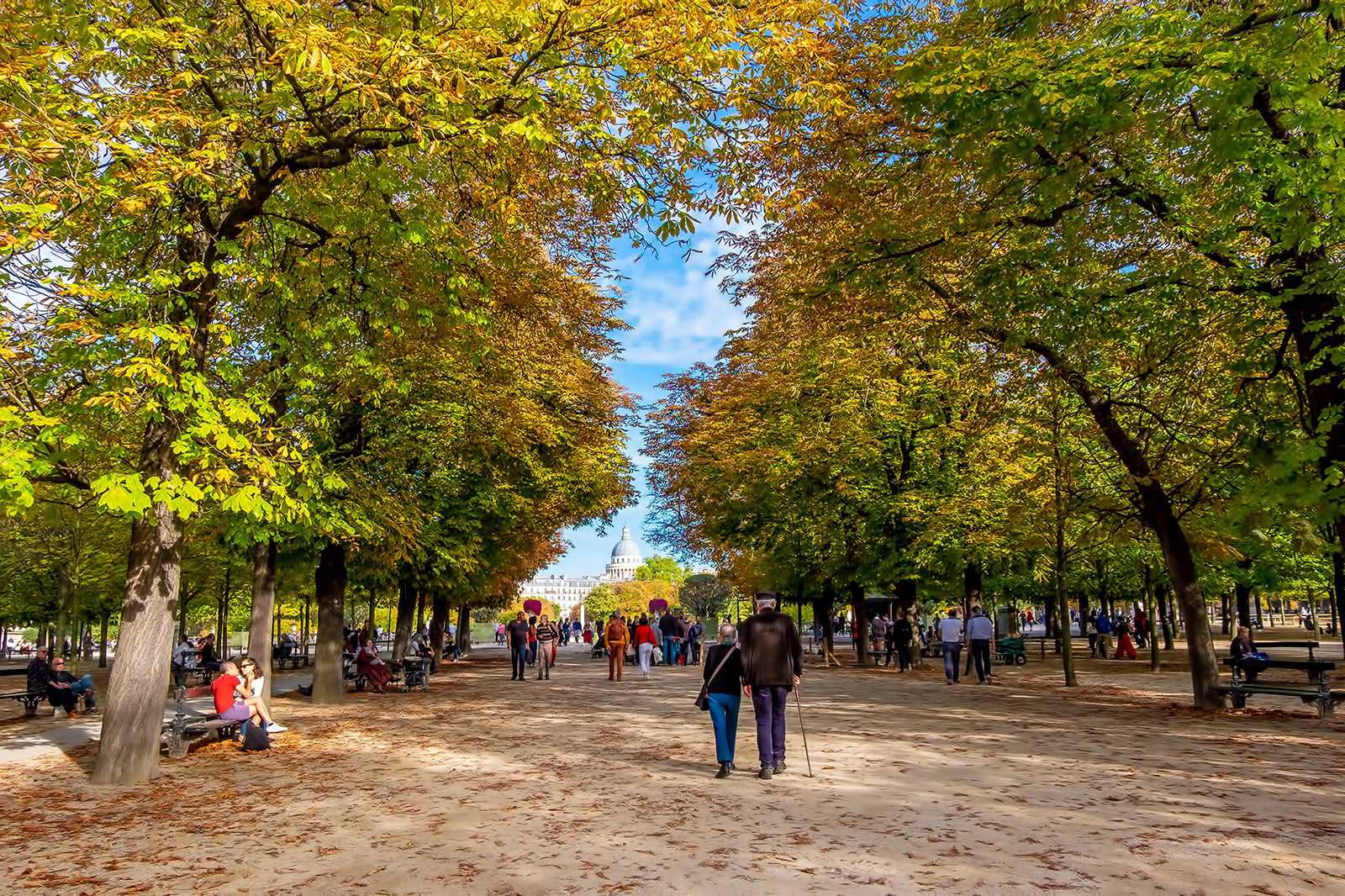
What else can you do at the Jardin du Luxembourg?
Don’t miss checking out the Palais de Luxembourg (Luxembourg Palace), built at great expense by King Louis XIII for his mother, Marie de Medici. Located in the north end of the garden, the palace, inspired by Florence’s Renaissance masterpiece, the Palazzo Pitti, was transformed after the French Revolution into the official seat of the French Senate.
The Jardin du Luxembourg is a stone’s throw away from some of Paris’ most beloved Left Bank neighbourhoods. The Saint Germain des Pres boulevard, with its literary cafes and chic boutiques is just a short trot, as is the historic Quartier Latin, with its tiny cobblestone streets, art galleries, and pocket-sized wine bars.

Jardin du Luxembourg in Paris
Localização: 75006, Paris, France
Abre: Daily from 7.30 am to 9 pm
Telefone: +33 (0)1 42 34 20 00



